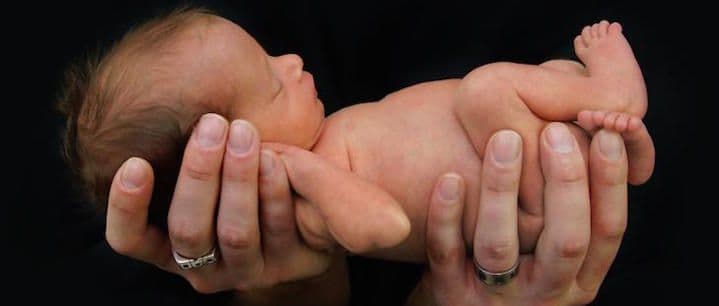Cerebral Palsy
Fetal Malformations
Obie Editorial Team

Cerebral palsy or 'CP' means weakness or lack of muscle control. CP is a group of different medical conditions which usually affect a person's ability to keep posture or maintain balance due to abnormal brain development leading to a person's ability to control her or his muscles.
CP is a group of disorders that can involve brain and nervous system functions, such as movement, learning, hearing, seeing, and thinking. There are several different types of cerebral palsy, including spastic, dyskinetic, ataxic, hypotonic, and mixed. Although cerebral palsy is a permanent condition, a child with this condition can achieve greater control over movement, as they learn and practice motor skills.
In general, about 1 in 300 children in the United States has cerebral palsy. Cerebral Palsy is the most common motor disability in childhood.
Facts and causes of cerebral palsy
Cerebral Palsy is caused by abnormal development of the brain or damage to the developing brain. People used to think that CP was mainly caused by lack of oxygen during the birth process, but now we know this is only a small percent of all CP cases. The cause of most CP cases is unknown.
The brain damage can happen:
- before birth
- during birth
- within a month after birth, or
- during the first years of a child’s life
Risk factors of cerebral palsy
- Low birthweight
- Premature birth
- Multiple births
- Assisted reproductive technology (ART) infertility treatments
- Infections during pregnancy
- Jaundice and kernicterus
- Medical conditions of the mother
- Birth complications (The fewest causes)
- Many of the children with CP also have at least one co-occurring condition—41% have co-occurring epilepsy and almost 7% have co-occurring autism spectrum disorder.
From the CDC
The majority of CP (85%–90%) is congenital, meaning it happened before birth. In many cases, the specific cause is not known.







